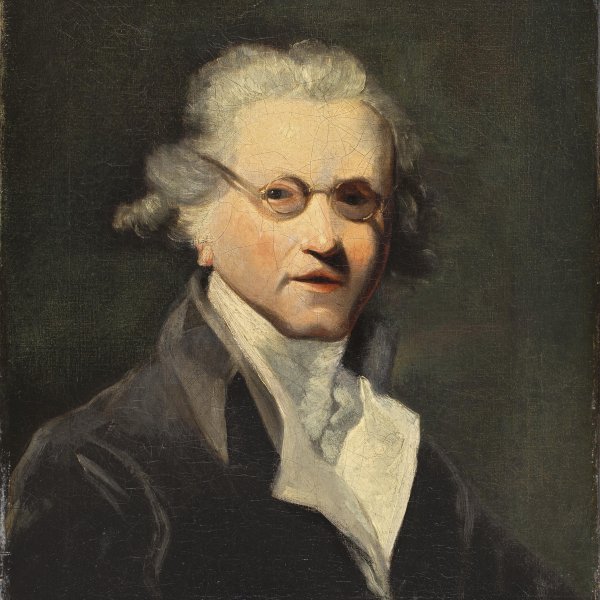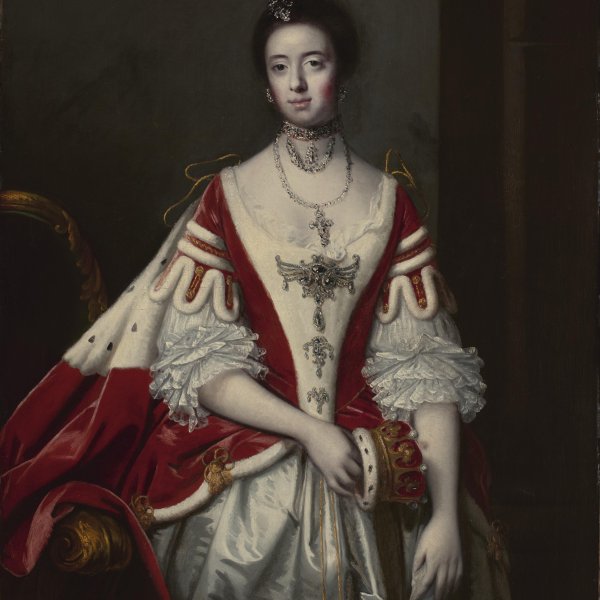Sir Joshua Reynolds (copy)
The 18thcentury English painter Joshua Reynolds was the most celebrated portraitist of his day and one of the leading names of English painting. Son of a clergyman, he was born in Plympton in Devonshire in 1723. He studied portrait painting in London from 1740 with Thomas Hudson, the best-known portraitist of the day. In 1749 Reynolds travelled around the Mediterranean with Commodore Keppel, staying in Rome between 1750 and 1752. On his way back to England he visited Florence, Venice, northern Italy and Paris. Reynolds opened his own studio in London in 1753 and soon became the leading portraitist in the capital.
Reynolds’s portraits are generally of large format. They evoke the classical world and its values and imbue the sitters with great dignity and presence. Almost all his compositions are set in interiors and in general Reynolds manifested little interest in landscape throughout his career, in contrast to his contemporary, the great portraitist Thomas Gainsborough. Reynolds’s brilliant palette, rich colouring and loose brushstroke had a profound influence on painters of the following generation such as Thomas Lawrence and Henry Raeburn.
Throughout his life Reynolds strove to elevate the genre of portraiture as well as the social position of the artist in society. In 1764 he founded the Literary Club and in 1768 was elected president of the recently established Royal Academy of Arts. He also received a knighthood. In 1769 he delivered the first of his fifteen annual “Discourses” to students of the Academy. These were published form 1778 onwards and are considered the most important texts on art theory in the English language. In 1784 Reynolds succeeded Allan Ramsay as court painter to George III. In the last years of his life Reynolds gradually lost his sight until he abandoned painting in 1790, the year that he exhibited for the last time at the Royal Academy.






